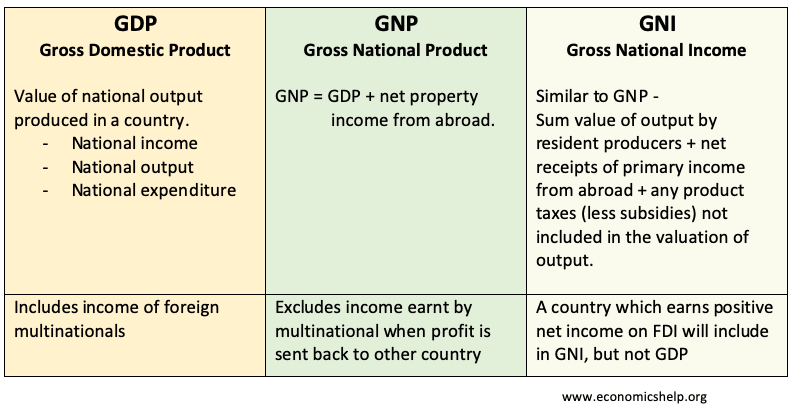India’s GDP pegged at 7.3% in FY 2024: Basics Explained

The Central Statistics Office (CSO) pegged gross domestic product (GDP growth) at 7.3% in 2023-24; the projection is faster than the Reserve Bank of India’s 7%. The economy grew at a provisional 7.2% in the last fiscal year.
Nominal GDP growth is estimated to rise by 8.9%, as against 16.1% in 2022-23.
LEARNING FROM HOME/WITHOUT CLASSES/BASICS
GDP: Gross Domestic Product, a measure of economic activity in a country/ Level of output produced by the country. the final value of the goods and services produced within the geographic boundaries of a country during a specified period of time, normally a year.
Gross National Product (GNP) is a measurement of the overall production of persons or corporations native to a country, including those based abroad. GNP excludes domestic production by foreigners.
Net National Product (NNP) is the monetary value of finished goods and services produced by a country’s citizens, overseas and domestically, in a given period. It is the equivalent of gross national product (GNP), the total value of a nation’s annual output, minus the amount of GNP required to purchase new goods to maintain existing stock, otherwise known as depreciation.
NNP= Gross National Product−Depreciation
For example, if Country A produces $1 trillion worth of goods and $3 trillion worth of services in 2018, and the assets used to produce those goods and services are depreciated by $500 billion, using the formula above, Country A’s NNP is:
NNP=$1 trillion+$3 trillion−$0.5 trillion=$3.5 trillion
The Gross Value Added (GVA) calculates the national income from the supply side. It does so by adding up all the value added (in money terms) across different sectors. According to the RBI, the GVA of a sector is defined as the value of output minus the value of its intermediary inputs. This “value added” is shared among the primary factors of production, labour, and capital.
The GDP and GVA are related by the following equation: GDP = (GVA) + (Taxes earned by the government) — (Subsidies provided by the government)
As such, if the taxes earned by the government are more than the subsidies it provides, the GDP will be higher than GVA. The GDP does this by adding up who spent how much; it thus captures the “demand” in the economy.

Data reported in current (or “nominal”) prices for each year are in the value of the currency for that particular year. For example, current price data shown for 2020 are based on 2020 prices. Other series show data in “constant” or “real” terms.
Constant series show the data for each year in the value of a particular base year.
Current series are influenced by the effect of price inflation. Constant series are used to measure the true growth of a series, i.e. adjusting for the effects of price inflation. For example (using year one as the base year), suppose nominal Gross Domestic Product (GDP) rises from 100 billion to 110 billion, and inflation is about 4%. In real prices, the second year GDP would be approximately 106 billion, reflecting its true growth of 6%
A new indicator called GDP deflator is derived by dividing nominal GDP by real GDP. It is a measure of price changes in the economy.






0 Comments